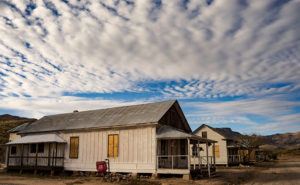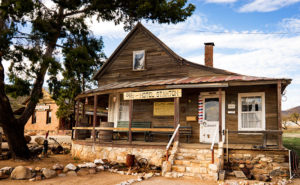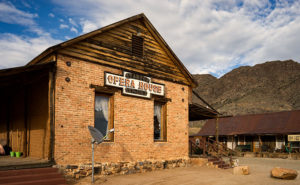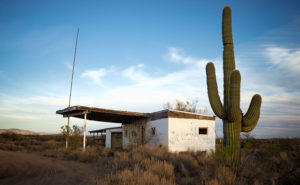My favorite thing for breakfast is Eggs Benedict. It’s an indulgence that I refuse to give up even though I know that plate full of calories and cholesterol is trying to kill me. By no means am I a traditionalist. I like all the varietals. I’ve tried the Californian with turkey and avocado, the Florentine with spinach, a crab cake version, and one made with salmon. The most exotic and memorable Benedict I’ve ever had was when Jeff and I stopped in Santa Cruz on the homeward bound leg of our infamous San Francisco trip. I believe it was in the Walnut Avenue Café that I ordered Blackened Ahi Tuna Benedict. I don’t know why I’ve never been back. The peppery tuna and lemon creaminess of the sauce was one of the best things I have ever eaten.
I have a version that I make when I’m in the mood to struggle with egg poaching. I substitute a nice thick ham slice instead of the usual Canadian bacon and I replace the Hollandaise with Béarnaise because I enjoy the tarragon and vinegar sauce even more. I call my version Eggs Better-dict.
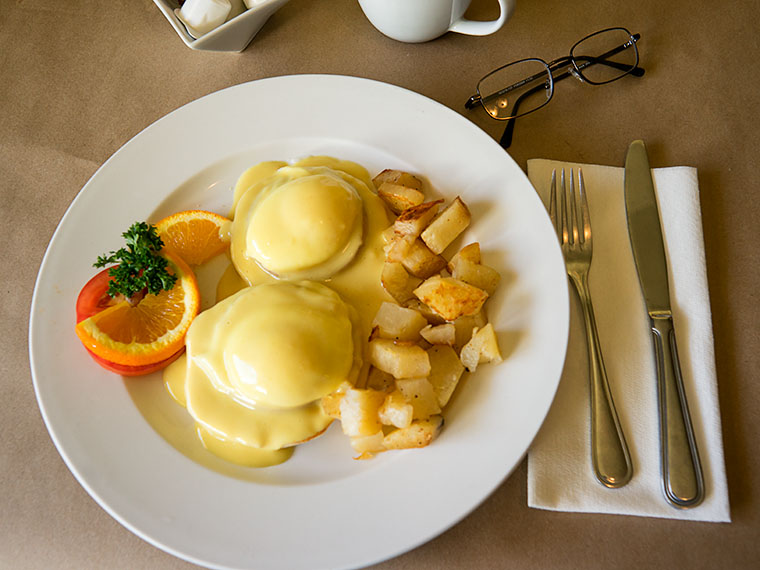
One of the best things about living in Congress is that we have a local restaurant that really doesn’t belong here. A couple blocks west of US 89 on State Route 71 is a small café named Nichols West. It would be in the heart of downtown if Congress had a downtown. The cream-colored building with its star jasmine-covered façade houses a bar and restaurant that seats—at best—fifty people. Simon Smith—a British transplant—is the proprietor of this American Restaurant and over the last decade, he has built up a large and very loyal clientage here by having a varied menu, serving fresh ingredients, and being open year round. That’s an important part of being able to keep good staff.
As expected from a diner like this, the prices—although reasonable—prevent us—as retieries—from having dinner there every night. However, they’re open for breakfast every morning at eight, and one of the best deals on the breakfast menu is the Eggs Benedict, starting at under $10.00. I say starting because they have a half-dozen versions including a Country Benedict (biscuits and gravy in place of the good stuff). The sauce is the key to making this meal great. Anyone can slap egg yolks and lemons together, but here it’s bright without being too lemony. I don’t recall having a better Hollandaise, and so I’ll put it up against the best in Arizona.
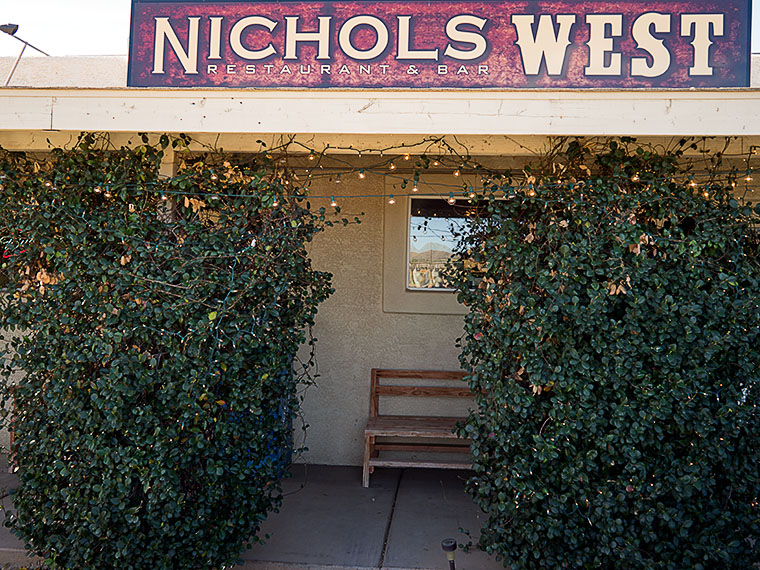
Out here in Podunk-Ville, we live without a lot of amenities, like sidewalks, stop lights, bike lanes, and indoor toilets. But a great restaurant isn’t one of the missing. That’s why on trash days when Queen Anne and I are heading home from the dump, we’ll most likely be stopping off at Nichols West for breakfast.
Until next time – jw

